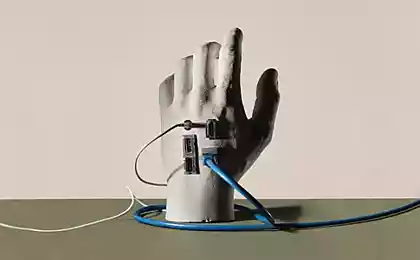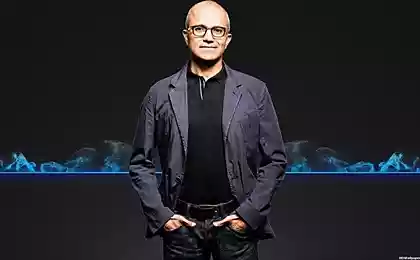2501
Present and future of telemedicine
According to the World Health Organization, "Telemedicine - a complex concept for systems, services and activities in the areas of health, which can be transmitted remotely by means of information and communication technologies, in order to develop global health, control of the spread of disease, as well as education, management and research in the field of medicine. "
With the development of information and telecommunication technologies is changing and medicine. The emergence of gadgets available cellular communications and the Internet, including mobile 3G and 4G, changing the face of medicine. Twenty years ago it was mainly about phone consultations, then eventually even a free software like Skype, allowing the patient to talk face to face with the doctor, even from a pharmacy (was in Europe a few years ago, such a project, where the pharmacy equipped cabins for consultations with physicians).
Moreover, the shape change of telemedicine and portable gadgets. First appeared in the 1970s, heart rate monitor has now become an integral part of many "smart" hours. This is - one more source to collect information that is useful to clinicians for diagnosis and guidance.
Telemedicine as one of the leading trends in recent years is to attract a lot of attention from investors. Under the cut I try to tell about how telemedicine is changing now, and thanks to what factors it happens.

wearable devices to collect information h4> What now able wearable gadgets? They collect information about moving, consider the number of steps and measure the pulse. With the development of the industry, these data will become more accurate - as you know, until heart rate monitors are not different surgical precision in their measurements.
telemedicine complex as part of a smart home h4> As one example of the complex home to collect information, such as changes in body weight, measurement of blood sugar, as well as monitor blood pressure and urine tests can lead washroom Washlet, designed jointly by Toto and Daiwa House. This room is from the Japanese manufacturers is worth at least $ 6100, then the price increases depending on the necessary additions.
Remote surgery h4> Probably about a robot surgeon Da Vinci know everything. If not - then more: it is composed of two blocks of the robot, with which the surgeon sitting at the console, site seeing in 3D with multiple magnification and working with joysticks, four-handed controls the robot located at any distance from it.
Large data in telemedicine h4> Discontinued Jawbone UP bracelets and Jawbone UP24 data once it possible to determine the epicenter of the earthquake. It's simple: the closer to the epicenter, the sooner people wake up middle of the night. And the farther away, the less people basically respond to tremors.
With the development of information and telecommunication technologies is changing and medicine. The emergence of gadgets available cellular communications and the Internet, including mobile 3G and 4G, changing the face of medicine. Twenty years ago it was mainly about phone consultations, then eventually even a free software like Skype, allowing the patient to talk face to face with the doctor, even from a pharmacy (was in Europe a few years ago, such a project, where the pharmacy equipped cabins for consultations with physicians).
Moreover, the shape change of telemedicine and portable gadgets. First appeared in the 1970s, heart rate monitor has now become an integral part of many "smart" hours. This is - one more source to collect information that is useful to clinicians for diagnosis and guidance.
Telemedicine as one of the leading trends in recent years is to attract a lot of attention from investors. Under the cut I try to tell about how telemedicine is changing now, and thanks to what factors it happens.

wearable devices to collect information h4> What now able wearable gadgets? They collect information about moving, consider the number of steps and measure the pulse. With the development of the industry, these data will become more accurate - as you know, until heart rate monitors are not different surgical precision in their measurements.
First ECG heart rate monitor company Polar, 1977. It uses an optical pulse technology, popular in modern devices.

The world's first intelligent sports watch Polar Sport Tester PE 2000 heart monitor and an alarm clock.
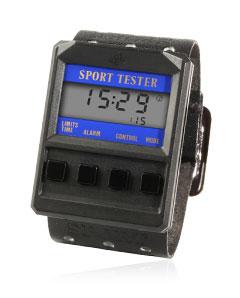
Modern "smart" watches.
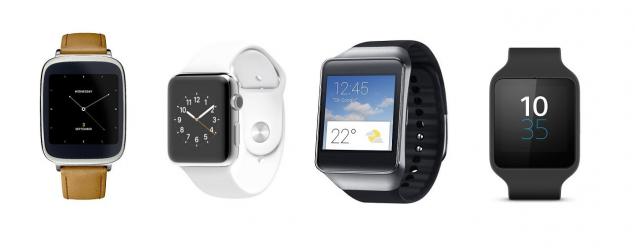
Integration with modern gadgets such as fitness trackers and just smartphones that are running applications sports applications and food diary will allow doctors to get the maximum amount of information about the patient.
So probably the creation of software that collects a lump sum of all the defined application data on the behavior of the patient, his activity and nutrition, then this information flavored food instagrama photographs and sends to the clinic where the patient is receiving treatment and counseling.
telemedicine complex as part of a smart home h4> As one example of the complex home to collect information, such as changes in body weight, measurement of blood sugar, as well as monitor blood pressure and urine tests can lead washroom Washlet, designed jointly by Toto and Daiwa House. This room is from the Japanese manufacturers is worth at least $ 6100, then the price increases depending on the necessary additions.

Remote surgery h4> Probably about a robot surgeon Da Vinci know everything. If not - then more: it is composed of two blocks of the robot, with which the surgeon sitting at the console, site seeing in 3D with multiple magnification and working with joysticks, four-handed controls the robot located at any distance from it.
Da Vinci is set in hundreds of clinics around the world, and twenty vehicles placed in Russia.
This portion operates directly with the patient.
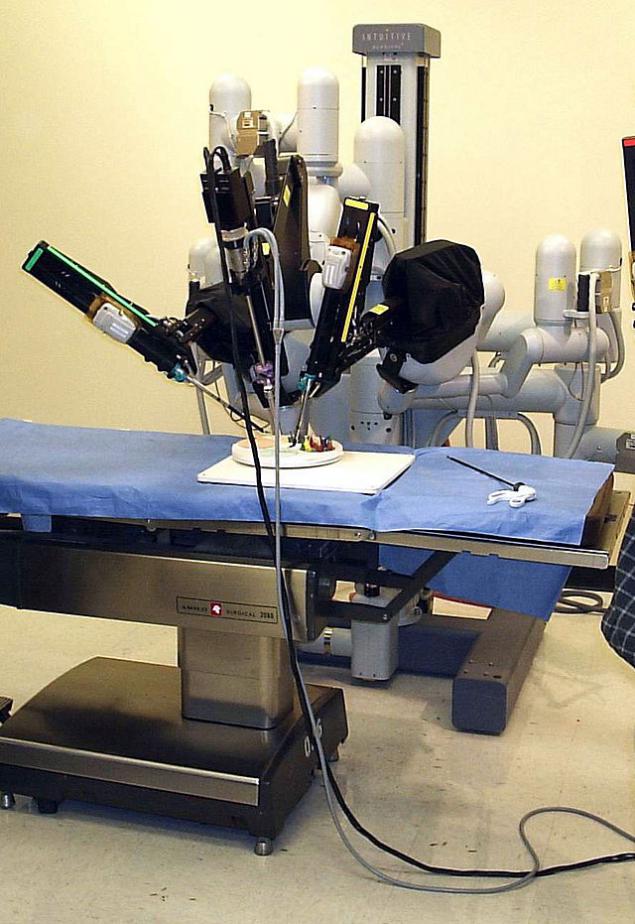
What operations are performed using the da Vinci • Restoration of mitral valve
• Myocardial revascularization
• Ablation of heart tissue
• Installation of epicardial pacemaker for biventricular resynchronization
• Gastric bypass
• fundoplication Nissen
• Hysterectomy and myomectomy
• spine surgery, disc replacement
• Thymectomy - surgery to remove the thymus gland
• lung Lobectomy
• Ezofagoektomiya
• Resection of mediastinal tumor
• Radical prostatectomy
• pyeloplasty
• Removal of the bladder
• Radical nephrectomy and partial nephrectomy
• ureteral reimplantation
• Gidrokonkatenatsiya brain tissue
• Thyroidectomy
• Tonsillectomy
Direction telesurgery itself appeared in 1980, and already in 1985 made the first successful operation using a robot brain.
Surgeons using robots there are lots of advantages, including elimination of the risk of infection of the surgeon - and it allows you to work anywhere, including under quarantine area, reducing the risk of wound infection and minimal pain after surgery.

A great example of the use of telemedicine - in the episode "in the ice» (Frozen) TV series "House". There's House hands of one of the members of the expedition doctor treats a woman, forcing her male drill head. In an episode like as remote surgery, not only with the help of the robot, and with a live person.

Large data in telemedicine h4> Discontinued Jawbone UP bracelets and Jawbone UP24 data once it possible to determine the epicenter of the earthquake. It's simple: the closer to the epicenter, the sooner people wake up middle of the night. And the farther away, the less people basically respond to tremors.

With access to the data from the plurality of portable gadgets, it is already possible to determine how people sleep, their sleep is dependent on the presence in the subway, on the need to travel long distances to work. And how many people to sleep on weekends. Such studies have been carried out .
What if the use of all these data for medicine? Understand how blood pressure affects proximity to the asphalt plant or to water bodies?

Do not forget: it's not just about the bracelets, but other devices, including smartphones and tablets, as well as, perhaps, a surveillance camera mounted on the streets and in the premises to determine the mood of the people.
Face recognition system, I think, will help to provide information about where the people, and under what circumstances, improves mood. For example, so you can find out what music sounding the escalator subway, better would affect people rushing to work in the morning.
Source: habrahabr.ru/post/238937/
US remains a part intended for the destruction of nuclear warheads in case of asteroid threat to Earth
Cushion on which to sit really useful














